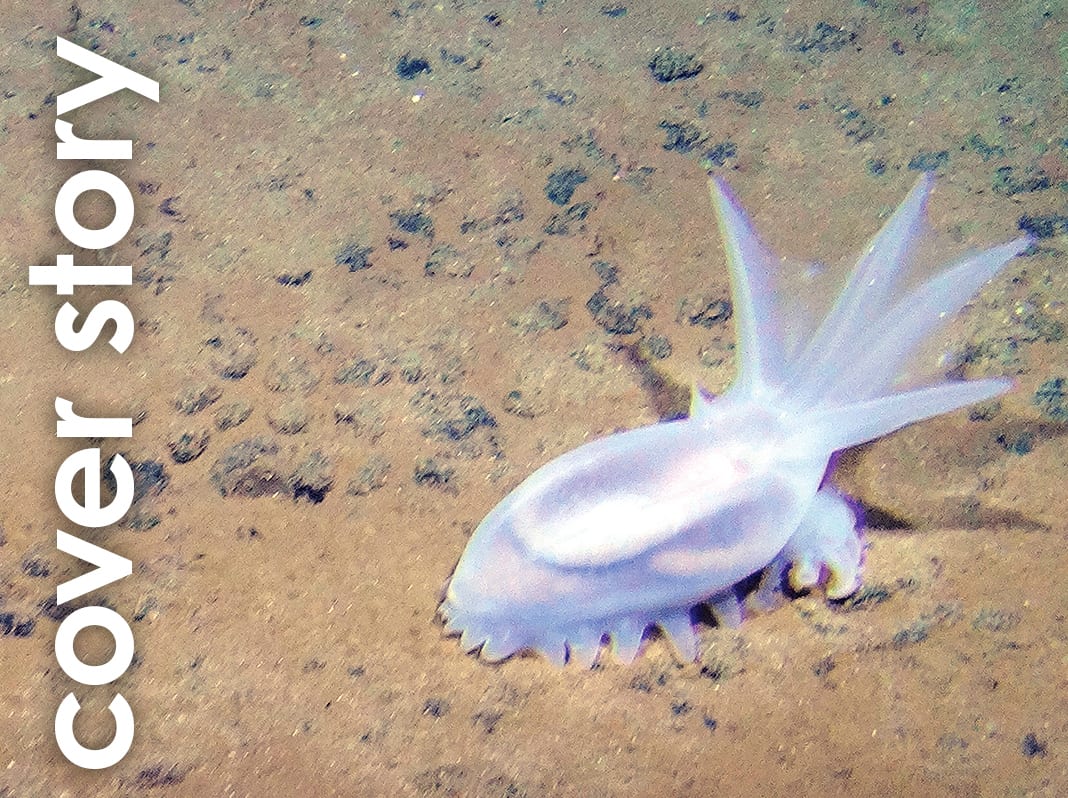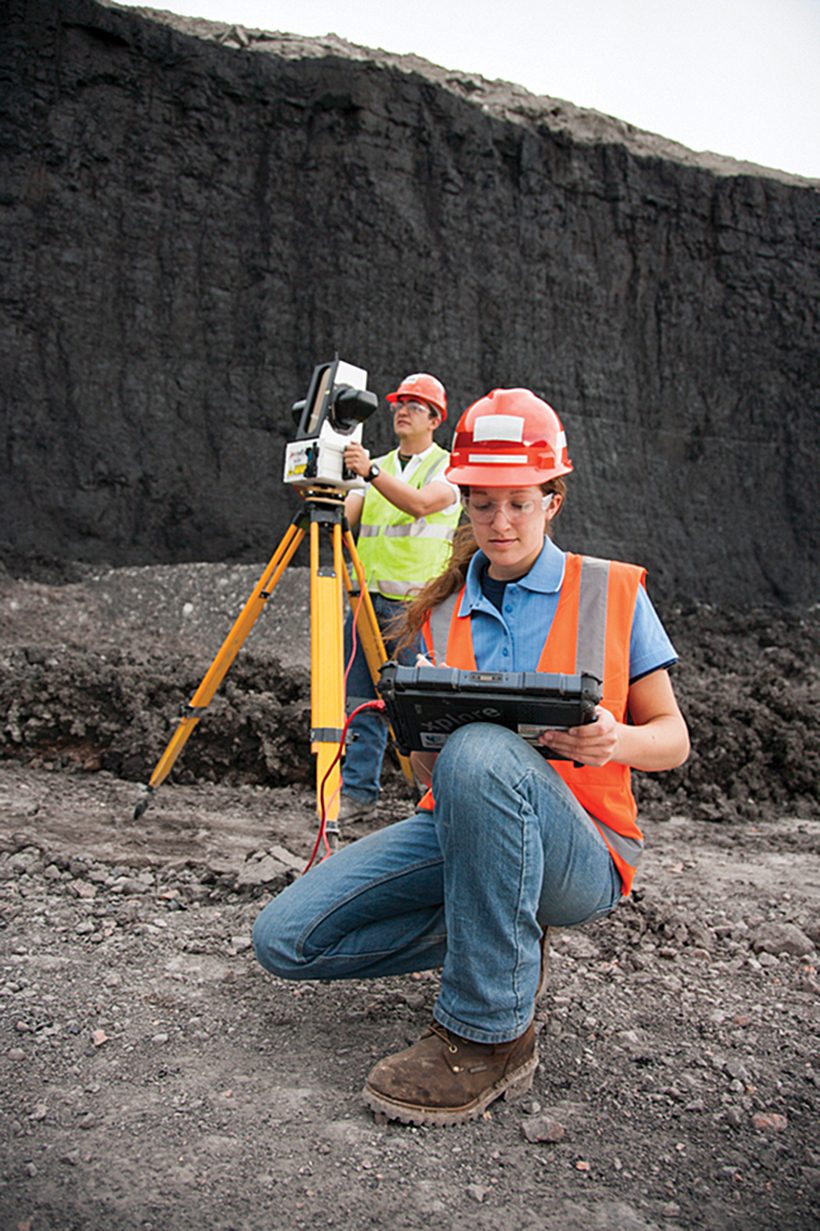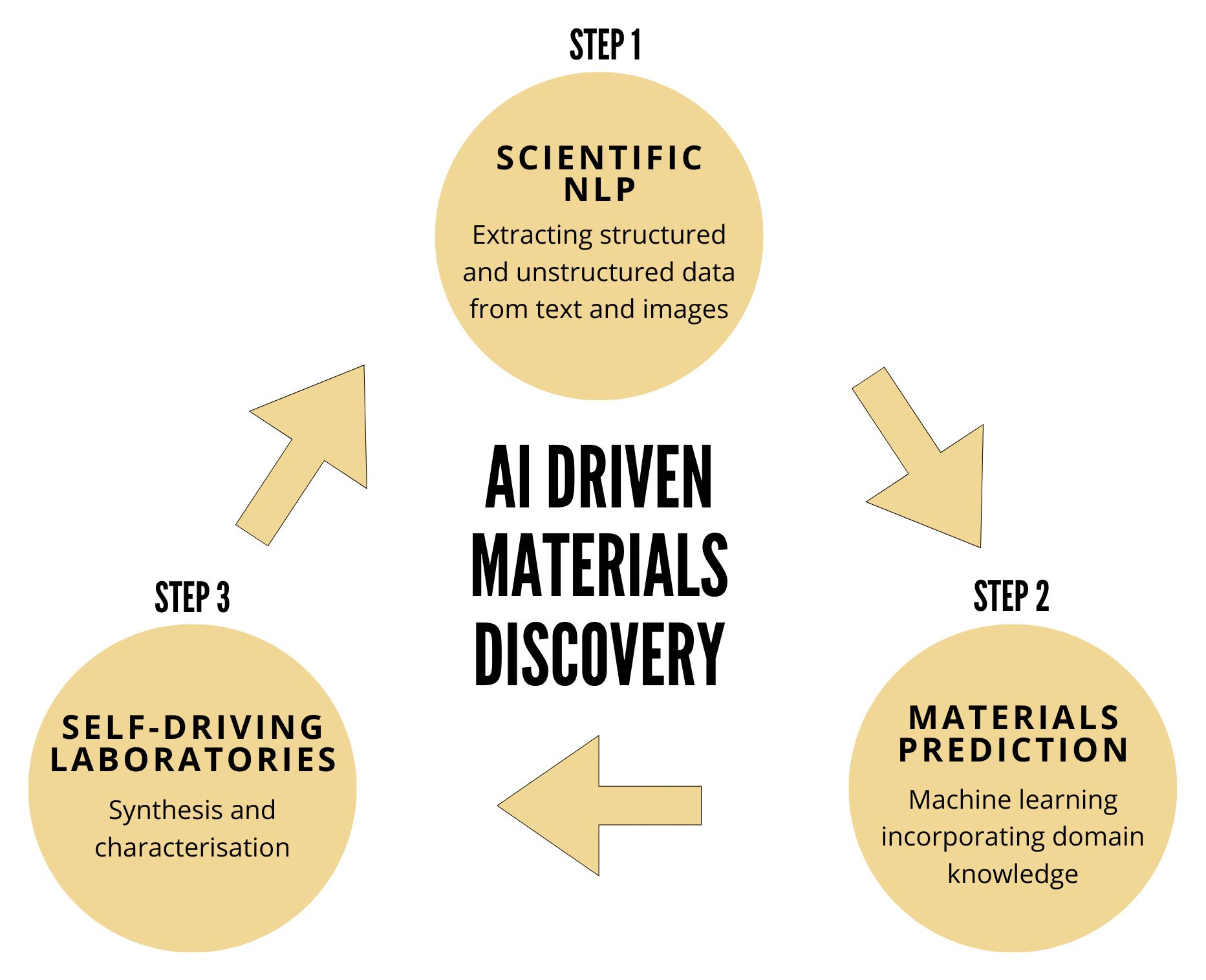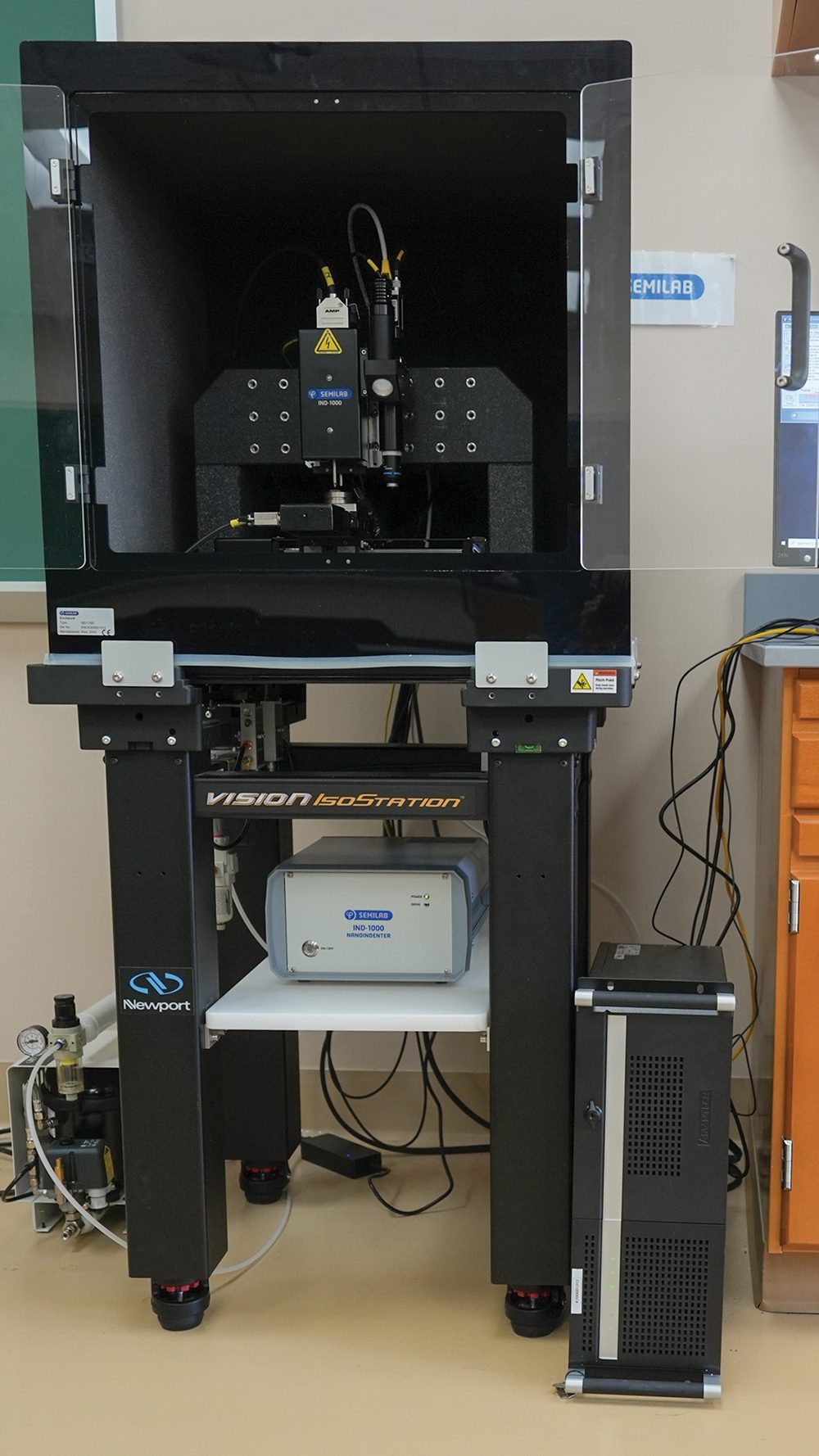
August 2024 • Vol. 103, No. 6
feature articles
The environmental impacts of deep-sea mining
To ensure the perennial protection of the fragile marine environment, a precautionary approach should be adopted when considering the pursuit of deep-sea mining activities.
by Thomas Frölicher and Samuel Jaccard
US takes next steps in domestic mining expansion with feasibility surveys and projects
Highlights from the USGS Mineral Commodity Summaries.
by Helen Widman
Leveraging artificial intelligence for advanced glass science and discovery
Artificial intelligence and machine learning techniques can enable a future where novel materials and technologies are adopted quickly and efficiently.
by Anurag Sachan, Hargun Singh Grover, and N. M. Anoop Krishnan
Automated nanoindention and its role in data-driven materials research
Automated data collection and processing systems will play an important role in realizing the benefits and potential of data-driven materials research.
by Krisztián Bali, Tamás Tarjányi, Kun Wang, and Xingwu Wang
Isaak Il’ich Kitaigorodskii and the evolution of glass-ceramics
Russian scientist Isaak Il’ich Kitaigorodskii played a central role in shaping the field of glass and glass-ceramic development, significantly expanding potential applications of these novel materials.
by Maziar Montazerian
columns
Enabling next-generation energy storage: Furnace technologies to produce silicon anode materials • by Briana Tom
Lithium mining: Global markets • by BCC Publishing Staff
Routes to raw material sustainability in ceramic and glass production • by Jonathon Foreman
From slimes to sun power: Looking at tellurium recovery from copper residue • by Carter Glynn
meetings
Calendar & upcoming dates:
ACerS Annual Meeting at MS&T24, ICACC 2025, EMA 2025, and PACRIM16 with GOMD 2025
cover image
A chalcogenide glass billet, resting on the stand in the bottom left, is opaque under visible light but is transparent when viewed in the infrared, as shown on the screen in the top right. Credit: J. David Musgraves




